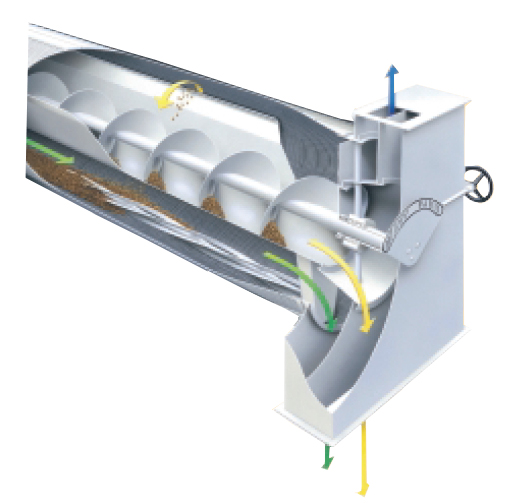Although dairy cows have cold and heat-resistance habits, due to cold early spring and dry climate, poor feeding and management, combined with scarcity of green fodder, can easily result in decreased milk production and even affect the normal growth and development of dairy cows. The author believes that raising cows in the early spring should adhere to the following measures: 1. Keep warm and warm. The temperature in the barn should generally be maintained at 8 °C ~ 17 °C, too high temperature will also have side effects on cattle. When the temperature falls below 0°C during the night, the cows should be put into the shed overnight to avoid excessive consumption of frostbite or physical energy. When the cold air is invaded and the temperature suddenly drops, the rear window and the ventilation hole should be blocked in time, and the insulation of the housing should be done well. In particular, the perinatal cows, new calves, and high-yield cattle should be properly heated to ensure that the temperature of the barn is about 15°C to 17°C. In addition, cows should not spend more than 6 hours during the day in the stadium. It is best to have 3 hours of activity in the morning and afternoon. 2. Adjust the barn humidity. After all the cows have entered the pens, care must be taken to ensure that the cowhouse is well ventilated and the humidity is not too high. The relative humidity should not exceed 55%. If the humidity is too high, there will be a strong external stimulus to the cow, which will affect its milk production. In severe cases, it will also infect some fungal diseases. At the same time, it is necessary to remove urine in time and keep the house clean and dry. 3. Feed should be diversified. Adjust feed ratios in a timely manner and strive to diversify. In the supply of concentrate feed, the protein feed will not change, and the supply of corn will increase by 20% to 50%, thereby increasing the proportion of energy feed; in terms of roughage, it is best to feed silage, micro-feeds or breweries, etc. This replaces the green and juicy feedstuffs consumed by cows in summer and autumn. 4. Drinking water must be warmed. Unheated tap water and well water, cows often lead to indigestion after drinking, thereby inducing digestive diseases. Therefore, when drinking cows, it is best to heat the water to 15°C to 25°C. If you add salt and bean curd to warm water, it will not only increase the appetite of the cow, but also have a fire-retarding and anti-inflammatory effect. 5. The amount of supplementary feeding. In early spring, the cow's forage composition is relatively single, can add appropriate amount of calcium and phosphorus in its feed, generally can feed 5 to 15 grams per day. Urea is an effective measure of protein supplementation and can be fed on a diet. Generally, calves of more than 6 months old are fed 30-50 grams on a day, young cattle are 70-90 grams, and adult cows are fed about 150 grams on a daily basis. However, urea is poor in palatability, and it can be mixed with 1% of the concentrate and fed with grass. It is not advisable to drink water within half an hour after feeding. 6. Pay attention to brushing the cow body. Brushing the body of the cow not only keeps the cow clean, but also promotes skin blood circulation and metabolism, helps regulate body temperature and enhances disease resistance. Therefore, brush twice a day, morning and evening, each time 3 to 6 minutes, you must thoroughly brush all parts of the body, not omissions. In addition, it is necessary to regularly sterilize cowsheds and sports grounds and vaccinate them according to the epidemic prevention procedures. Early treatment of the disease is found to ensure the health of dairy cows and ensure the prolific milk production.
Indented cylinder separator is used for
length grading of all granular materials, such as wheat, oat, maize, rice, fine
seeds, lentils, sticks from sunflower or sugar beet, plastic particles, etc.,
as well as for the extraction of unwanted short or long admixtures.
Through the inlet housing, the granular
material to be graded flows into the interior of the rotating cylinder, whose
cover is equipped with special deep-drawn teardrop or spherical-shaped pockets
for the most precise length separation. The rotating speed, rotating direction
and the size of the dimple will be decided by size and impurities in different
processing materials.
ADVANTAGES
Wide application
Changeable cylinders meet different
materials
Easy operation and maintenance
Connection combination available
Indented Cylinder Indented Cylinder,Rice Paddy Grader,Seed Length Grader,Rice Grading Machine SHIJIAZHUANG SYNMEC INTERNATIONAL TRADING LIMITED , https://www.seedgraincleaner.com


